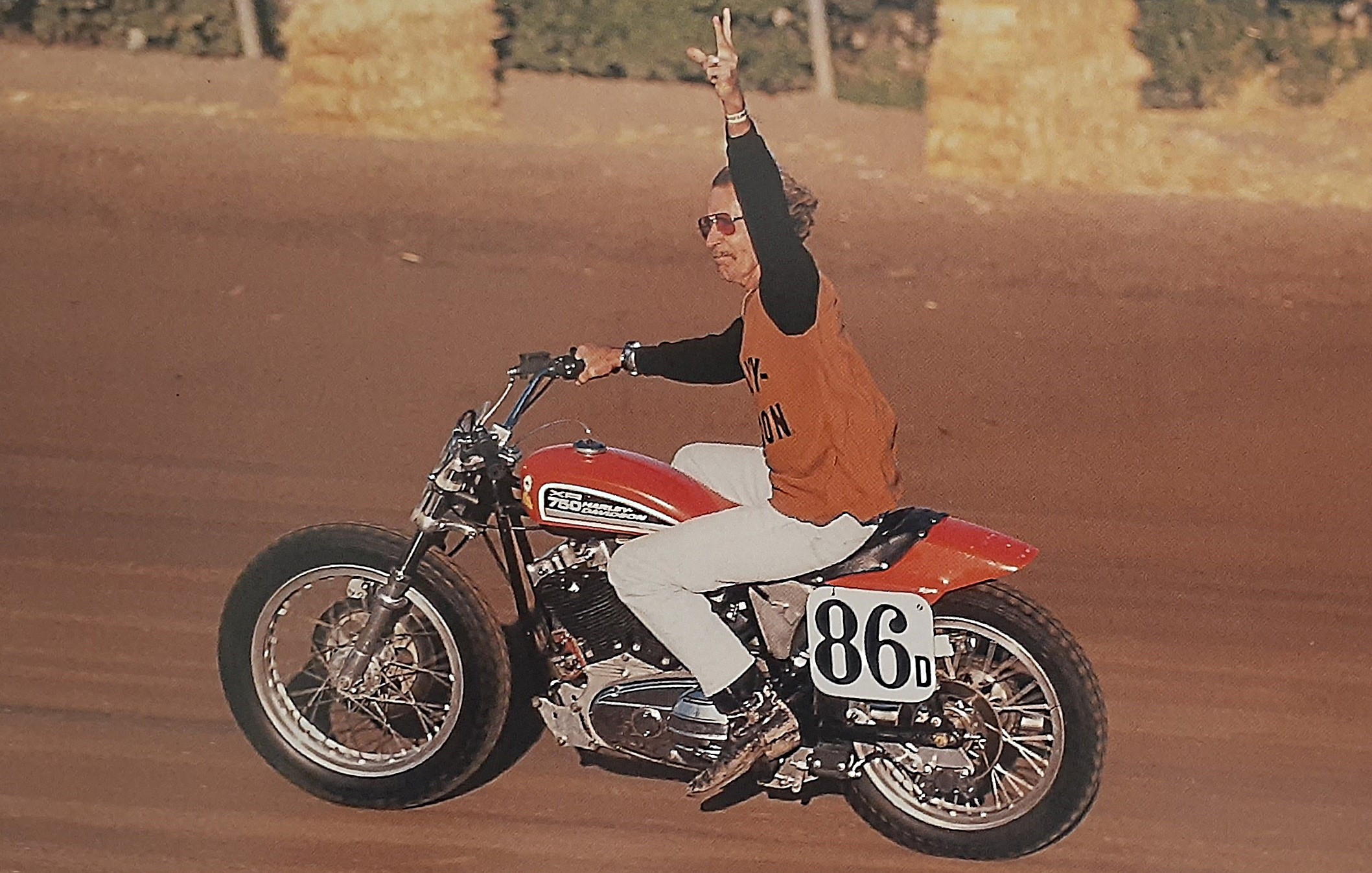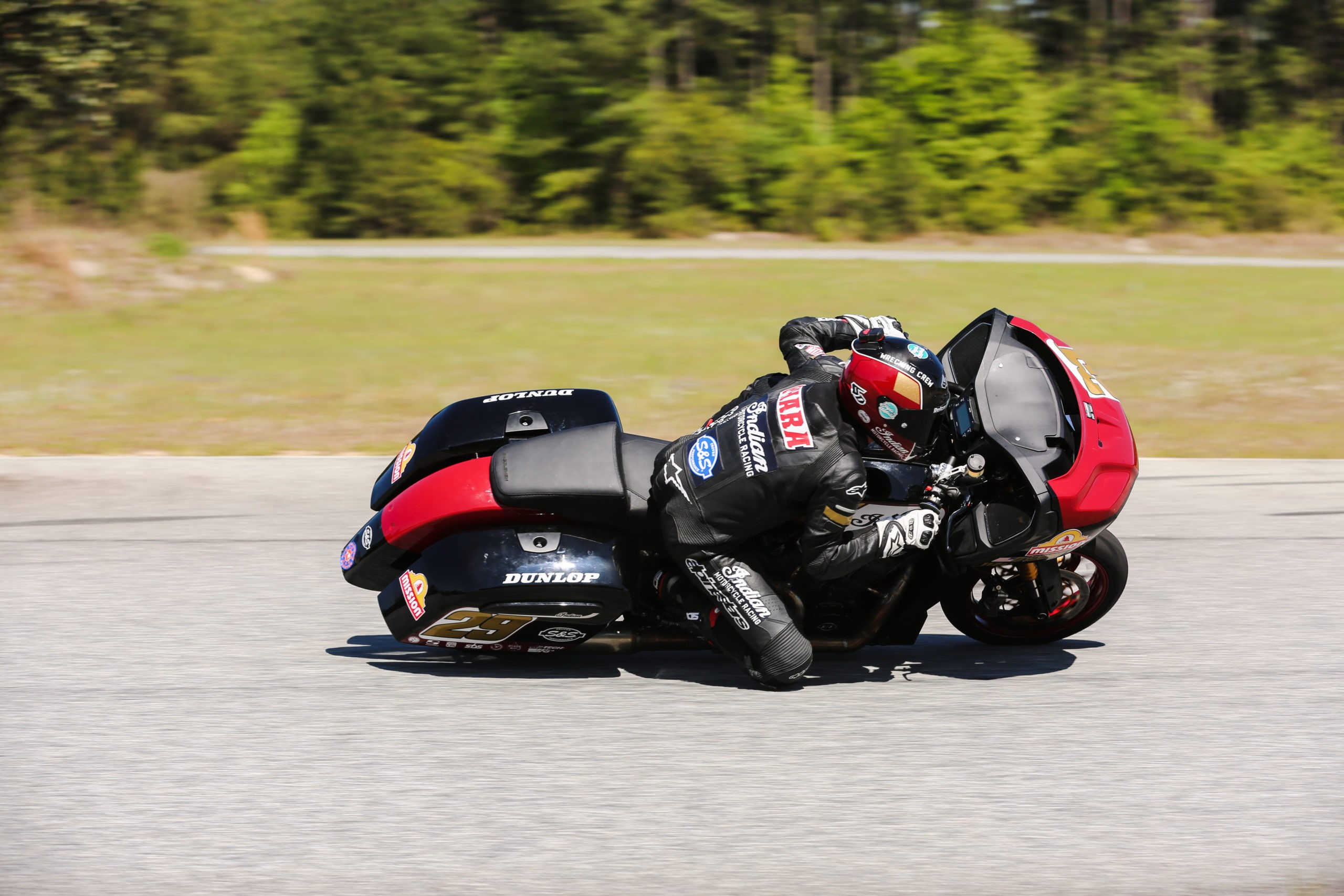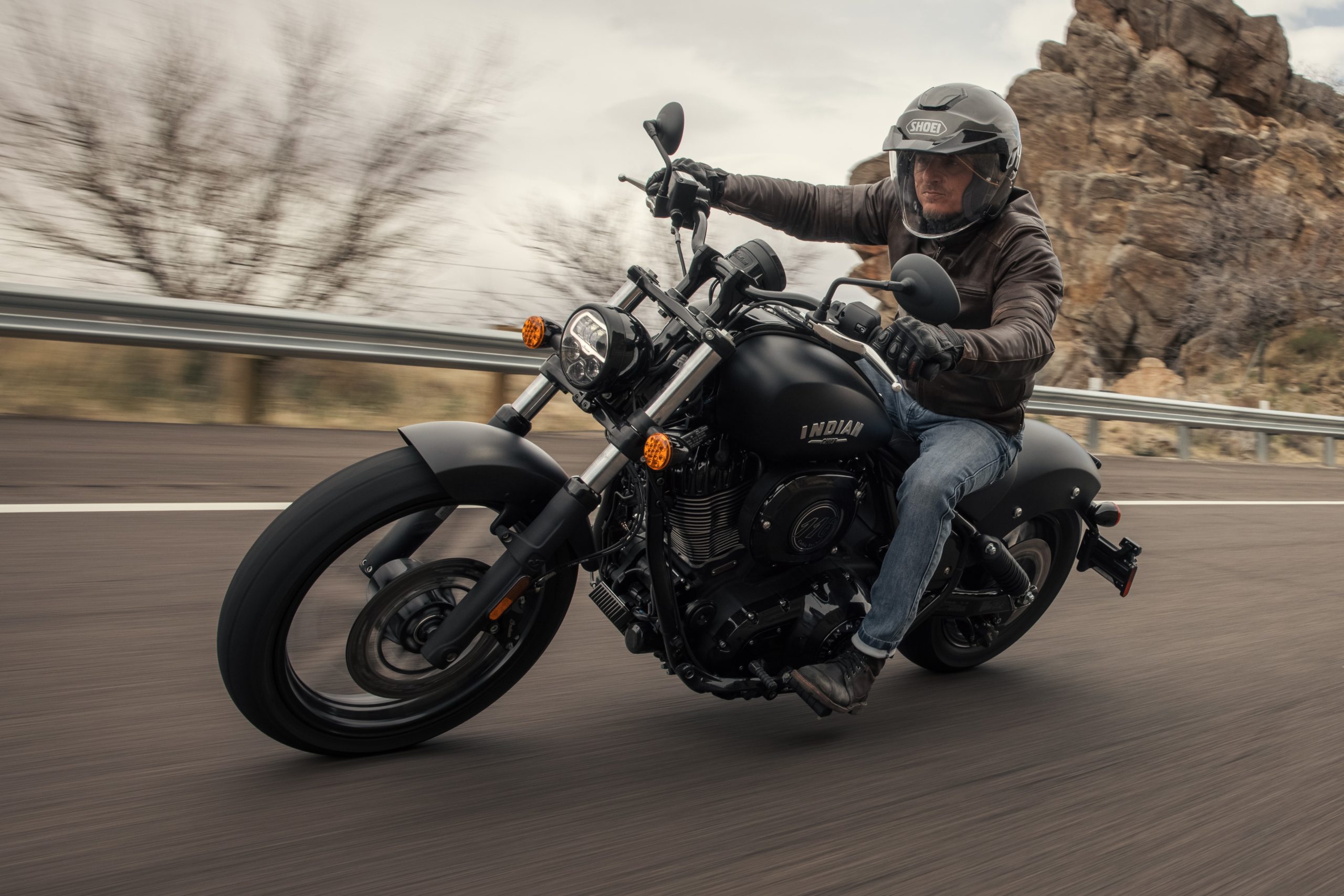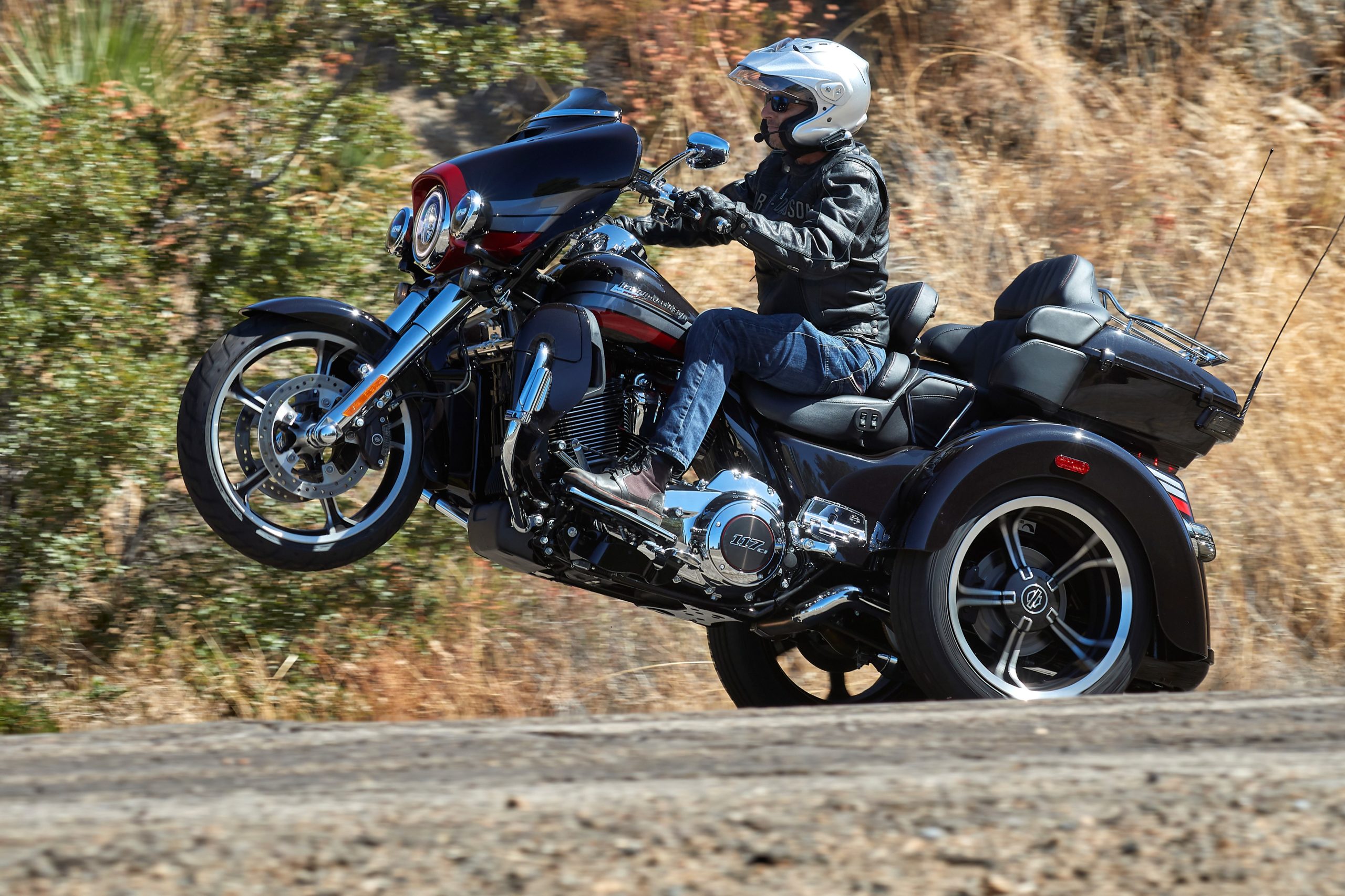A survey conducted earlier this year by the Rubber Manufacturers Association discovered that 69% of the respondents didn’t know where to find the correct air pressure figures for their tires. Of these, 53% incorrectly said the information was on the sidewall of the tire. To make matters worse, 52% didn’t know how to tell whether or not their tires were bald!
Under inflated tire pose a serious safety risk. Not only they cause instability when leaning into a curve, the excess rubber touching pavement is generating enough heat to potentially cause a blowout. Another recent survey found that 55% of vehicles tested—all vehicles, not just motorcycles—had under inflated tires. If you think that figure improves when considering only motorcycles you’re the victim of wishful thinking.
So where do you find the correct tire pressure? In your motorcycle owner’s manual or online at www.drivegreen.com/Motorcycle_Tire_Pressure.htm The listed pressure is for cold tires. Once you’ve rolled down the highway a mile or more friction has heated up the air encased in that rubber and the figure is no longer valid. If you have to inflate a hot tire add an extra 4 psi (pounds per square inch) to compensate.
A bald tire isn’t really smooth. Inside the tread grooves of your tires are rubber horizontal bars called tread indicators. When any portion of your tire wears to the level of these indicator bars it is time to replace it a new one. There’s actually 1/32nd of an inch (0.8mm) of tread left, but those who ride a bit more aggressively or in rain generally change their tires when the tread depth decreases to about 1/16 of an inch. The old gauge trick is to insert a penny headfirst into the tread. If you can see the top of Abe Lincoln’s head it’s time for a new tire.
Don’t lose your grip on this safety issue. Keep the rubber side down. Whether or not you feel under pressure is tough s&#t, just as long as it’s not your tires.


















